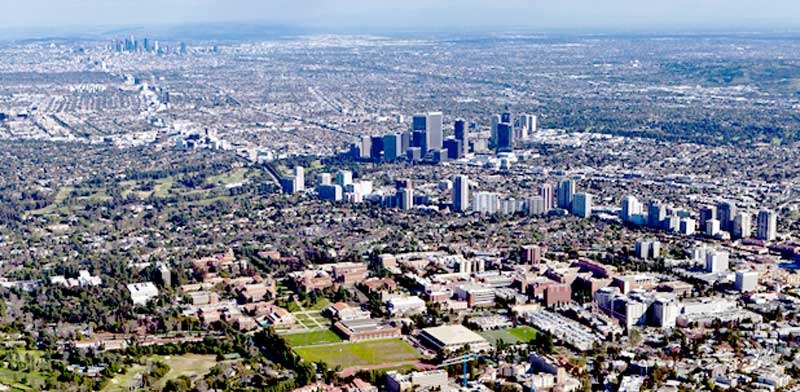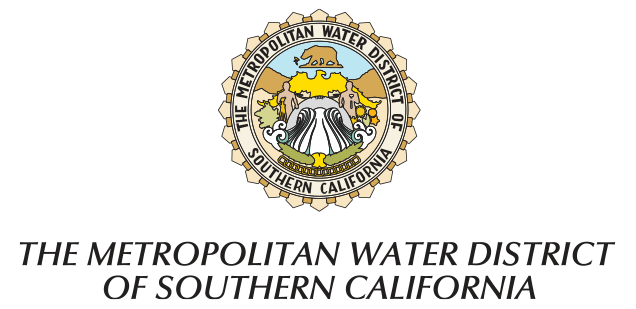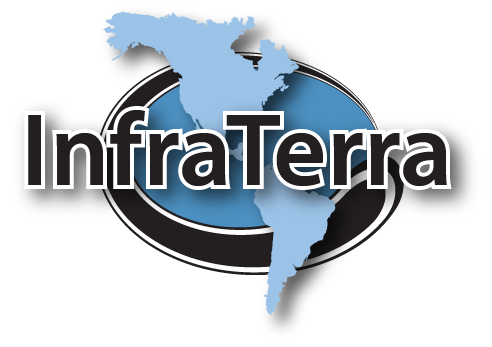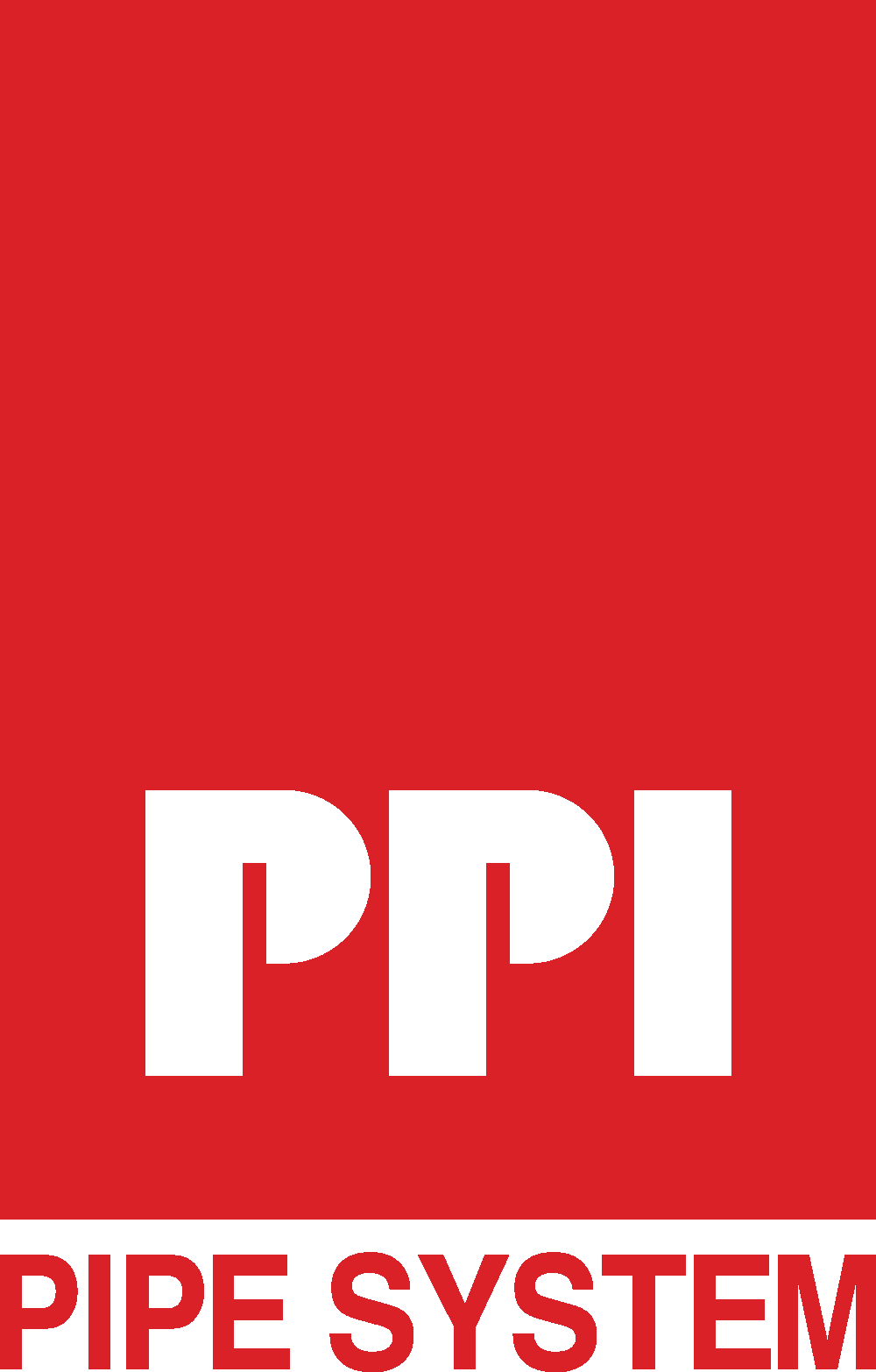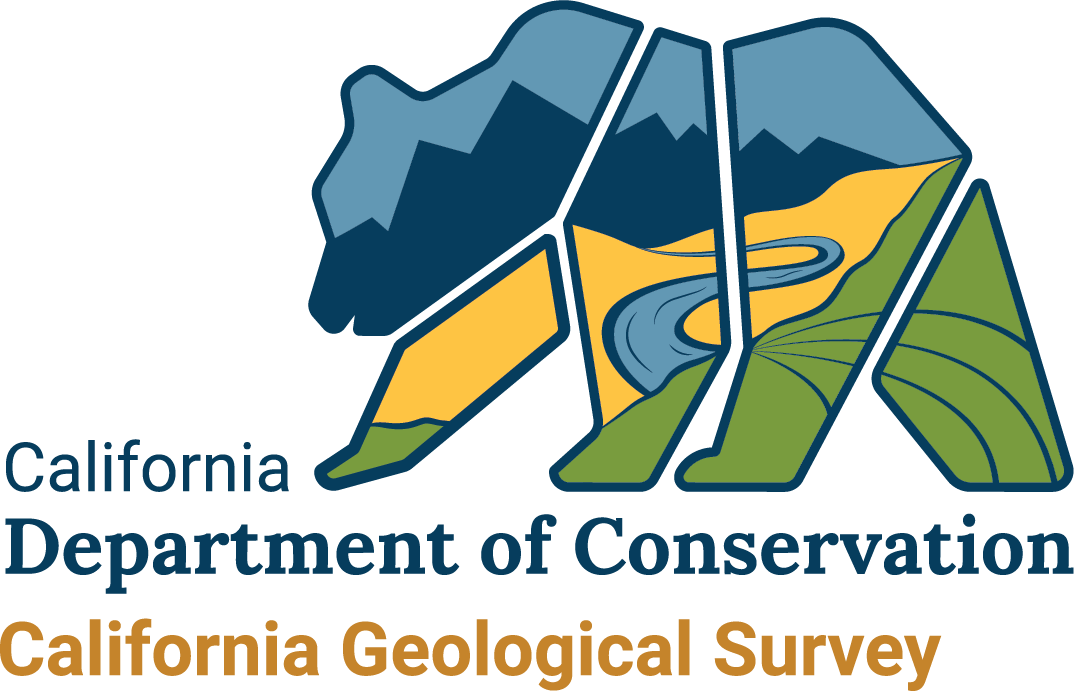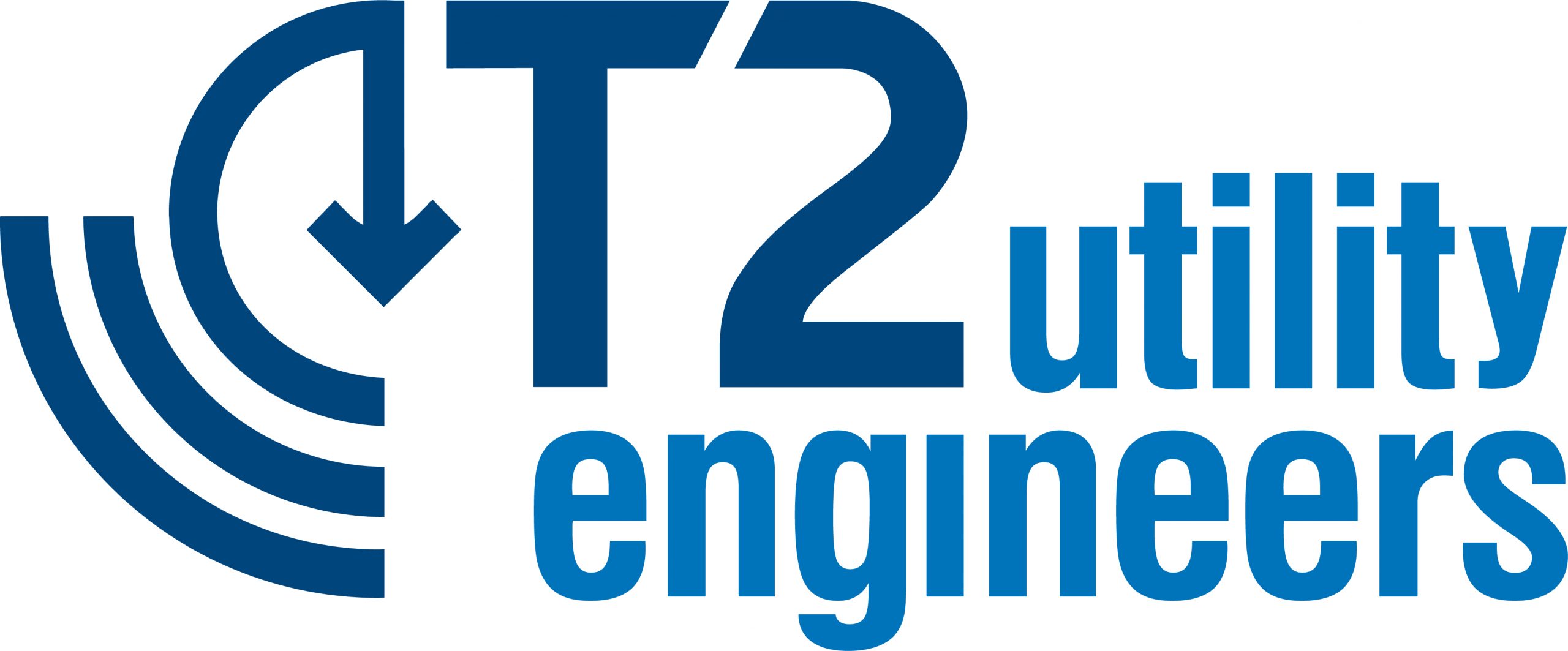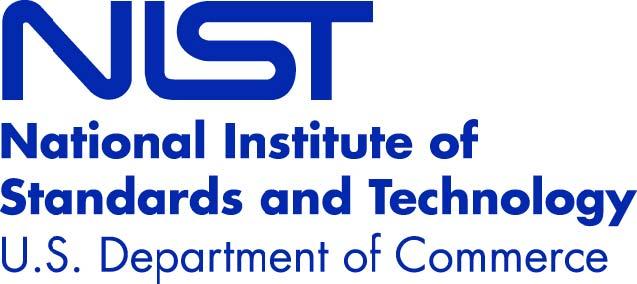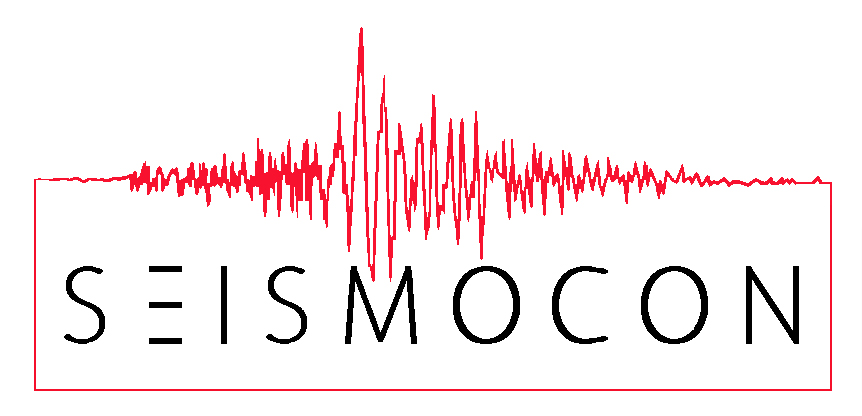University of California, Los Angeles
February 7—11, 2022

![]()

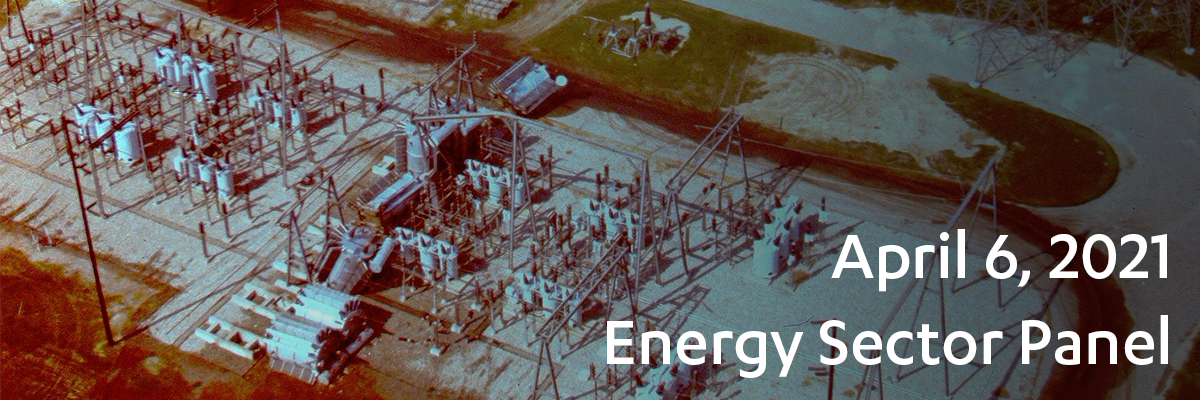
ONLINE SEMINAR
![]() .
.![]()
![]()
Replies to questions the moderators were unable to ask panel members during the webinar.
What are you doing to increase perspectives in your planning? For example, I didn't hear of a panel member representing environmental and social justice issues.
Resiliency planning and implementation leads to a faster return to normalcy and access to lifeline services that otherwise may disproportionality impact some sectors of the society.
Read More
Evaluation of, and response to, possible environmental impacts related to an emergency event and restoration are incorporated into planning and include both proactive company practice and regulatory requirements. Environmental impact scenarios are included in regular emergency response exercises, and environmental specialists and teams are prepared to provide subject matter expertise.
Is anyone keeping up on newer promising, but just going commercial, technologies. For example Allam Cycle electricity with its byproduct of pure liquid CO2 at 100-bar. Natural-gas fired is carbon neutral (like a big battery). Biogas-fired would be carbon-negative. We desperately need a lot of carbon-negative operations.
This question is a relevant for the Energy Industry. The examples alluded to in the question are within the area of carbon reduction/green energy and somewhat outside the scope of this energy sector resilience discussion. With respect to applications toward risk/resiliency PG&E has active research and development groups and activities that support technology development by grants, collaborative working relationships and pilot programs.
Read more
- Integration of accelerometers in the next generation electric smartmeters that will eventually build out a system of seismic monitors on an unprecedented scale (millions of “seismographs”) which will dramatically improve estimation of localized ground motion response and improved risk models.
- Installation of hundreds (thousands) of multi-sensor weather stations equipped with cameras, wind/humidity/temperature/soil moisture/rainfall sensors that feed into fire triggering and spread models.
- Integration of high-resolution X-band weather radar data for improved meteorological and weather impact models.
- Autonomous drones for patrolling and inspecting electric lines for system hardening and replacement evaluations and pre-restoration equipment inspections.
- Post-fire burn zone debris flow modeling to evaluate and monitor the hazard and risk of debris flows.
- Development of integrated seismic risk models of the entire electric and gas system to run scenario earthquakes and forecast scenario-specific damage for restoration planning and inform system hardening measures.
- Core seismic research to improve ground motion predictive models, integrate and test dynamic rupture models, and better estimate earthquake-induced ground failure.
- Component laboratory and field testing to develop improved fragility/damage models.
It seems that as engineers in the power industry, we often know what needs to be done for resilience and for reliability, but we seem to collectively fall short in terms of communicating what needs to be done to the public and/or the policy makers. There is a lot of misunderstanding as to how the power system operates in the public making it a challenge to discuss hardening or other actions that improve critical paths or other improvements through the grid. How can we as practitioners develop codes and standards that not only help the engineering community but also help inform the public of the importance of resilience?
This is a long-term communication issue between science/engineering and practitioners that focus in their technical areas and the general public/policy makers. Government agencies such as the United States Geological Survey, Federal Emergency Management Agency, and California Office of Emergency Services do have good public outreach initiatives and information, with a recent example being the 2019 HayWired earthquake scenario which had an extensive and well-attended public outreach and communication program. This can always be improved, and energy utilities are realizing the important work they perform, and support needs to be better advertised and accessible to the general public/rate payers and recognized by policy makers.
Read more
- Use of network performance models, Work with standards/guidelines groups (e.g., IEEE, ATC, ASCE) to adopt both component and network related guidance documents.
Public Utility Commissions have a significant role in driving the resiliency mandate thru utilities that are guided by the Technical guidance/Standards developed by the practitioners and the code/standard communities.
With the Global warming issue and kind of unknown condition with weather changes, How are we prepared in California to deal with any hard occurring, like unexpected cold weather like what happened in another state (Texas)? We should not only focus on earthquakes.
Territory wide atmospheric river rainfall events, extended heat waves, and drought/fire events represent typical California comparable events. Specific models, response/restoration plans and training are implemented to anticipate these events beforehand and to respond to these events when they occur. Key aspects to make a geographically-distributed energy network more resilient to these events is to have flexibility from a distributed and diverse generation portfolio (both within and outside of the service territory), redundancy in power transmission routes (ability to reroute around impacted areas or damaged components), and ability to isolate portions of the grid to bound or constrain impacted areas to prevent cascading failure across the network.
An ‘all-hazards’ approach is used for incident response, recovery and restoration.
There appears to be a significant ratepayer sentiment that is upset with utilities not doing enough to maintain infrastructure and at the same time feel that rates are too high, especially recently with many people out of work. How would your utility address these ratepayer concerns that may be in conflict? Why does it seem ratepayers are so unhappy with utilities in California?
The current California Public Utility Commission process to review and approve utility budget forecasts and rates includes a program called Risk Assessment Mitigation Phase (RAMP) to align utility budgets/spend with quantified risk reduction such that budget forecasts specifically include a risk reduction spend efficiency assessment. The goal of this program is to implement progressive resiliency in utility systems in a planned and integrated manner.
Read More
Aging infrastructure and climate change impacts have challenged utility systems with a consequent increasing frequency and severity of external event outages. These have directly impacted customers to an unprecedented level, especially for wildfire. Failures of utility infrastructure have been responsible for both widespread and sustained outages, and significant loss of life, financial damage, and impacts to businesses and quality of life. In cases where these effects are the result of operational, maintenance, and equipment failure on the part of the utilities, they have taken responsibility. This has impacted the reputation and trust in utility companies. The way to win back the trust of customers and the general public is to have a customer and safety-first commitment, transparency and ownership of issues, senior leadership commitment to improving operations and maintenance, robust risk assessment and mitigation programs, strict compliance to regulatory requirements and processes, improved employee training and standardized processes, and sustained improved performance. These are mission critical priorities and key elements of the company response and restructuring after past events that led to catastrophic consequences to the public, loss of trust with regulators, and financial instability.
While seismic resiliency is an important topic, and of course the topic of this webinar, one of the other big problems in our industry is with the distribution system for extreme weather events. Super storm Sandy (80,000 poles failed) and other storms. How do we apply the lessons learned and activities in seismic design and resilience to weather events?
Weather events occur at a much higher frequency than damaging seismic events, so recent research and system hardening currently is focused more on weather events. As such, these advances to address weather-related risks represent an opportunity to benefit seismic resiliency more than vice-versa.
Read more
- Development/improvement of multi-hazard probabilistic hazard maps for design basis (with comparable exposure periods).
- Address common issues – line slap during windstorms and earthquakes.
- Address the climate change factor in design basis.
What has been the most challenging aspect in implementing your seismic resilience program?
Reply from Jeff Bachhuber, PG&E: Recognition of the importance of seismic events across the numerous lines of business in the company that typically focus on weather-related hazards which occur much more frequently than large earthquakes. Consistent funding for a long-term program which must compete for budgets against other important company needs currently focused on weather/fire-related risk reduction. Prioritization of risks (and budgets) to address hazard and risk issues. Programs like Risk Assessment Mitigation Phase (RAMP) provide a framework for comparison and evaluation of multiple risks to develop a balanced risk/mitigation portfolio.
Reply from Ken Hudnut, SCE: The challenges of accurately assessing potential for diverse cascading impacts, and also the challenge of communicating on very low likelihood, yet very high potential consequence, events.
Reply from Rudy Mulia, Chevron: Long term focus and commitment is difficult to sustain over many years. There is high interest initially for a resilience program. But over time other projects and initiatives compete for attention and resources.
For Rudy, what did you find about why the older refinery facilities did not suffer major seismic damages?
In general, US refineries are old and pre-date modern seismic codes. Structures and equipment do need periodic replacement so some of the most vulnerable structures have been replaced or retrofitted. There is inherent redundancy and some reserve strength even in older structures. Newer structures are designed to undergo deformations in a controlled manner that will not result in collapse. And the lack of a true design level earthquake hasn’t truly tested our designs to the limit.
Online Seminar Hosted by UCLA Samueli School Engineering
Program:
12:00-12:05 General Introduction
Craig Davis, CA Davis Engineering
12:05-12:15 Keynote Presentation: Energy sector resilience: Obstacles overcome and obstacles that remain
Rachel Davidson, Professor and Associate Dean for Academic Affairs, University of Delaware
12:15-12:20 Panel Introduction
Fred Grant, Associate Principle, Simpson Gumpertz & Heger
Jeff Bachhuber, Pacific Gas and Electric
Kenneth Hudnut, Southern California Edison
Maria Martinez, Southern California Gas and San Diego Gas & Electric
Simon Zewdu, Los Angeles Department of Water and Power
Rachel Davidson, University of Delaware
Rudy Mulia, Chevron
12:20-1:00 Panel Discussion
moderated by Craig Davis, CA Davis Engineering and Fred Grant, Associate Principle, Simpson Gumpertz & Heger
1:00 Closing
Craig Davis, CA Davis Engineering
Special Guest Speakers
 Craig Davis
Craig Davis
Moderator
CA Davis Engineering, Retired LADWP
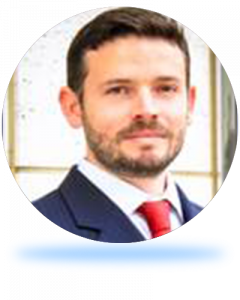 Fred Grant
Fred Grant
Moderator
Associate Principle, Simpson Gumpertz & Heger
 Rachel Davidson
Rachel Davidson
Keynote Speaker
Professor and Associate Dean for Academic Affairs, University of Delaware
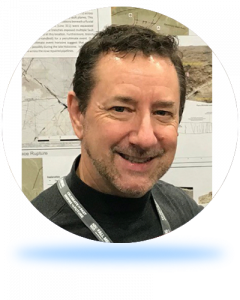 Jeff Bachhuber
Jeff Bachhuber
Panelist
Director, GeoSciences
Pacific Gas and Electric
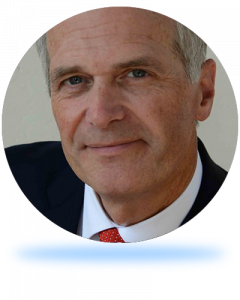 Kenneth Hudnut
Kenneth Hudnut
Panelist
Seismic Expert, Southern California Edison
 Maria Martinez
Maria Martinez
Panelist
Director of Gas Engineering, Southern California Gas and San Diego Gas & Electric
Conference Organizers
Collaborating Partners
Supporting Organizations

Sponsors
Platinum Sponsors
Gold Sponsors
Silver Sponsors
Bronze Sponsors
Coffee Break Sponsors

